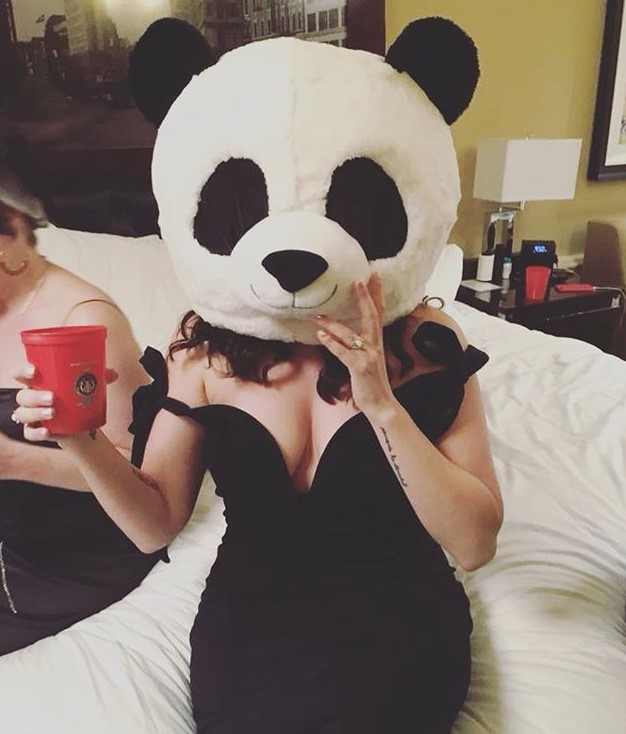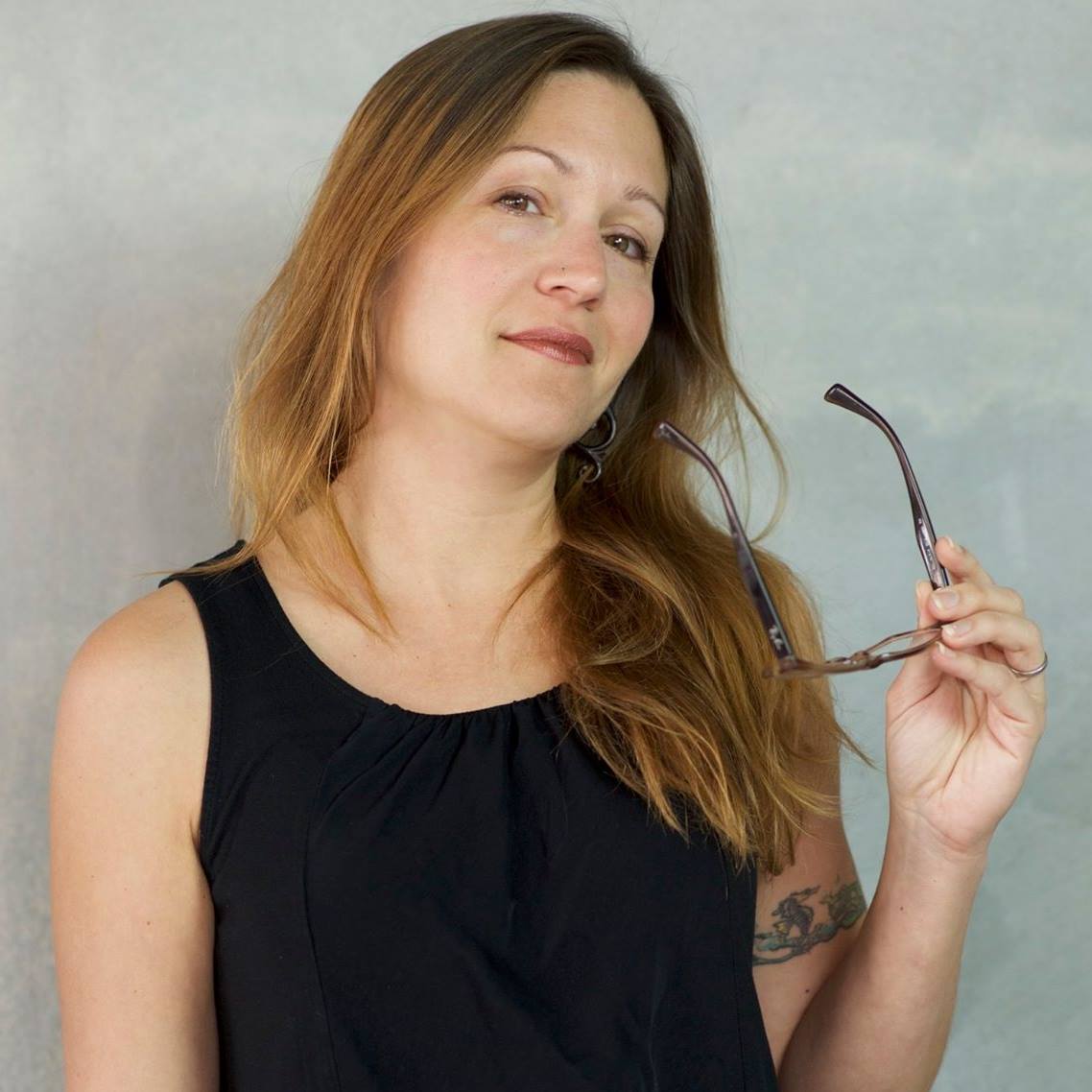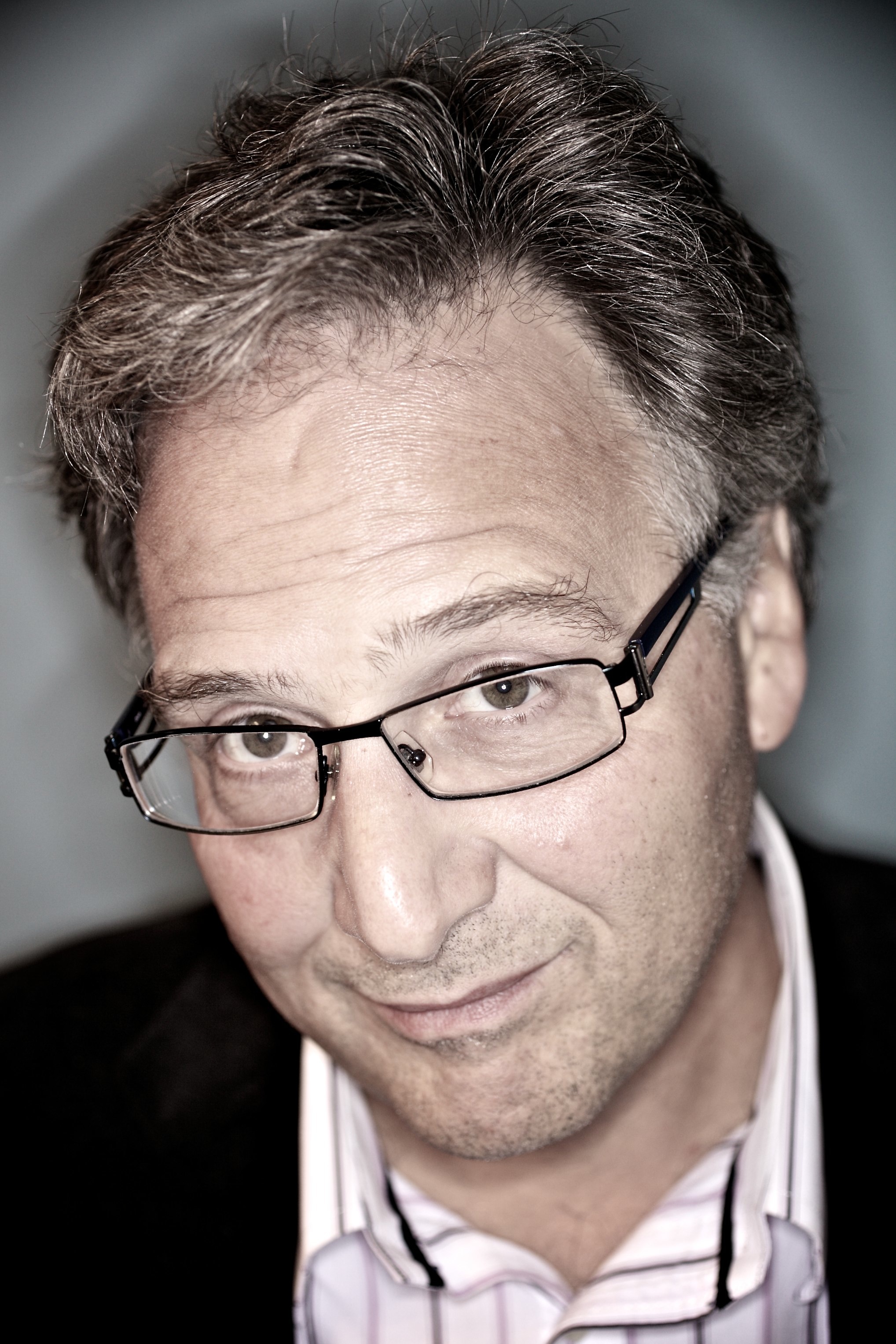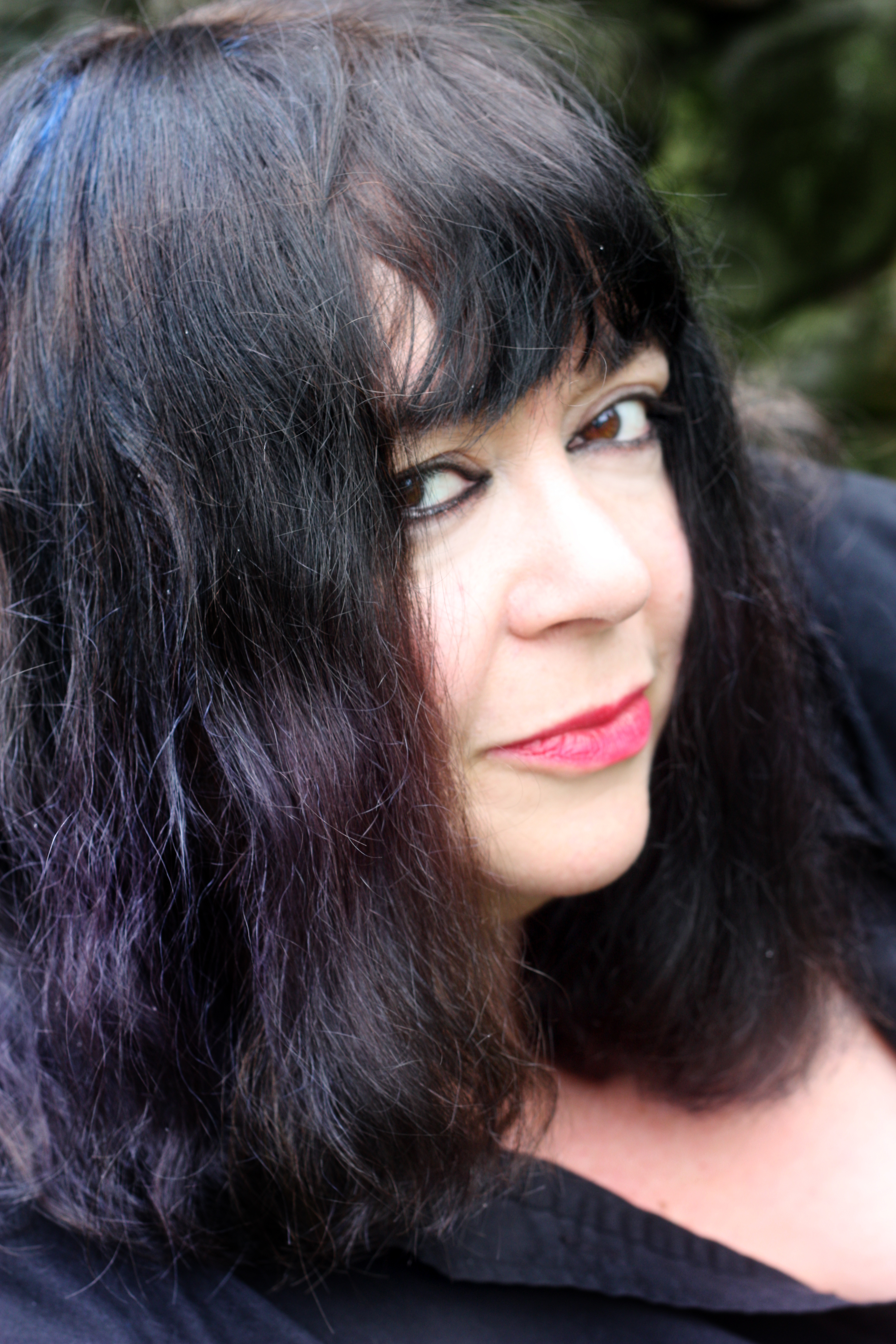
Early this morning I was stretching before going for a walk (yes I’m that old) and my wife Lilian was viewing an online presentation from a noted export on Behavioral Science. During the pandemic, we have all be going down rabbit holes and she has read twenty or so books on the topic. The speaker, mostly in the framework of business productivity, discussed how people were motivated to follow a particular course of action because of:
- Accuracy – If you can frame yourself as an expert, people are likely to listen to you
- Connection – If you can show how people like themselves take a course of action, they will likely follow suit
- Ego – If you can make people feel better about themselves or buoy their perceptions of themselves, then you can motivate them
One example of ego motivation, my wife tells me, is how my affinity for Apple products affirms my belief that I am creative when all I do is run Microsoft Word on it and it would work better on a PC.
Whenever I come across new ideas, my thoughts often wander to how they relate to writing. In the context of Behavioral Science, you could think of readers as those who you are trying to motivate, ask yourself if these principles are applicable in the development process, or use this framework to try to better understand the motivation of your characters. A con artist character, for example, might put these principles into action. You may even keep Behavioral Science in mind when facing the daunting process of creating an agent pitch letter. The lesson here, with a broader lens, is that there are things you learn or come across in your daily life that you could be using as grist for your writing.
Can Your COVID-19 Obsessions Help Your Writing?
Like my wife and much of the country, I have gone down a few rabbit holes during COVID-19. In the past year, I have:
- Started a new job as a technical project manager
- Spent hours of time learning Portuguese
- Viewing videos of people walking the streets of Lisbon (research for a possible move)
- Scoured political news and theater
- Played a strategy game on a phone app with people (now friends) from many other countries
- Followed the drama of a regime change on the Pride of Detroit (Detroit Lions) blog
- Reorganized my playlists that disappeared when I sent my music to the cloud
- Participated in multiple, ongoing Zooms to connect with people in my life.
Nearly all of these activities or passions can make their way on the page: inspiration for a poem, a story, a character trait. My current novel-in-progress Lifelong is partially based on experiences from a job I had for six years. Real-life experiences and interests help a writer to expand beyond the trope of novels about writers (there are too many examples to site).
The Writer’s Dream Involves Dreaming
Another activity important for writers is to unplug enough to get into a dream state, an environment or state of mind that allows you to just imagine. For example, noted filmmaker and David Lynch uses meditation, workspace and routines to flesh out broad creative concepts, many of which never go anywhere. The ironic thing is the need to plan or make time in your schedule to get into this creative place. In Sigmund Freud’s essay “Creative Writers and Daydreaming,” he espouses the theory that daydreaming is important to return to that childlike place where creativity flourishes without the pressures of real life. You can make startling connections and creative leaps when you make time for unstructured time and let your mind wander.
Engage with Stories to Strengthen Your Storytelling
Do you ever feel guilty for ignoring your writing and binging on books, movies, or TV shows? Don’t worry, it’s all good. Last night in my Novel Writer’s Group, we discussed the latest Netflix top 10 pick I Care a Lot, a story with a hot-button premise of legal guardianship abuse that could have gone in a number of directions. We discussed possible pitfalls such as:
- Characters being unlikeable and two-dimensional
- The main character Marla not having a moral code that would help you relate to her more
- Whether the concept would have been better realized as a slow-burning grift-based TV Show like Breaking Bad
You should, as you consume content, relate it back to your own creative processes and works-in-progress. The guilty pleasures in life don’t always necessarily need to be guilty. There are many opportunities for you, each day, to make progress on your dream of being a writer even when you aren’t actually writing.








